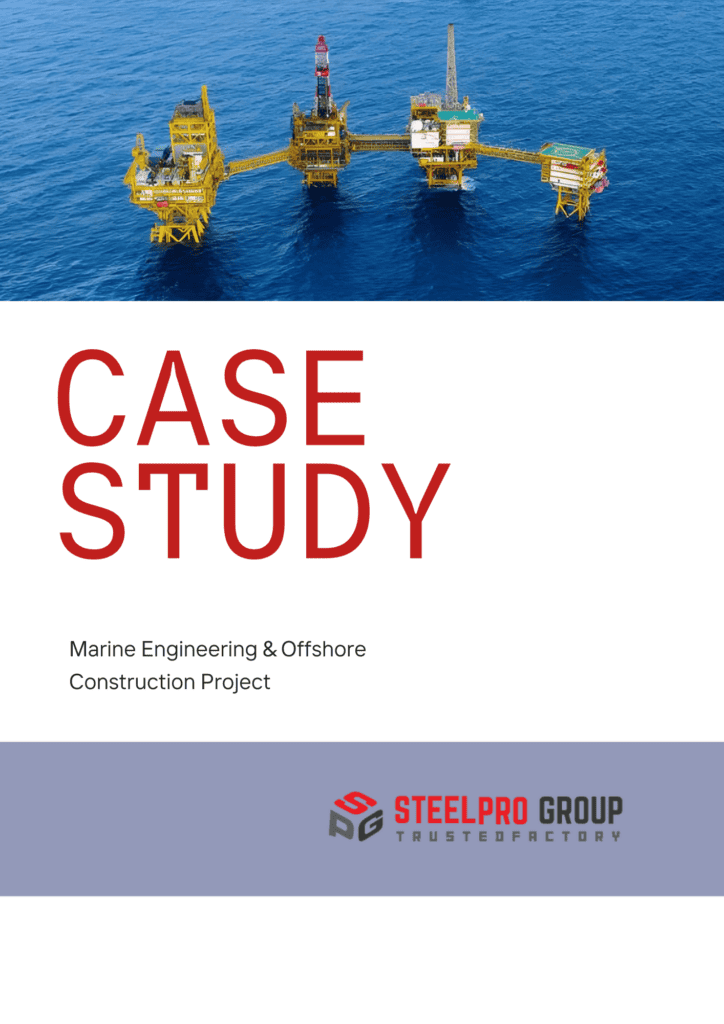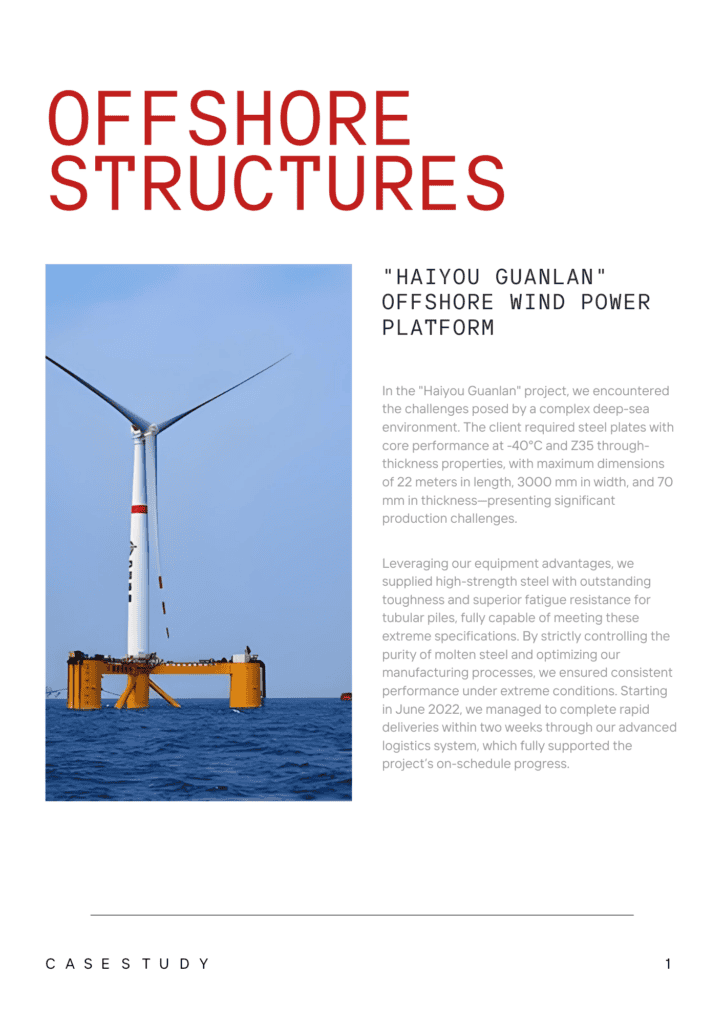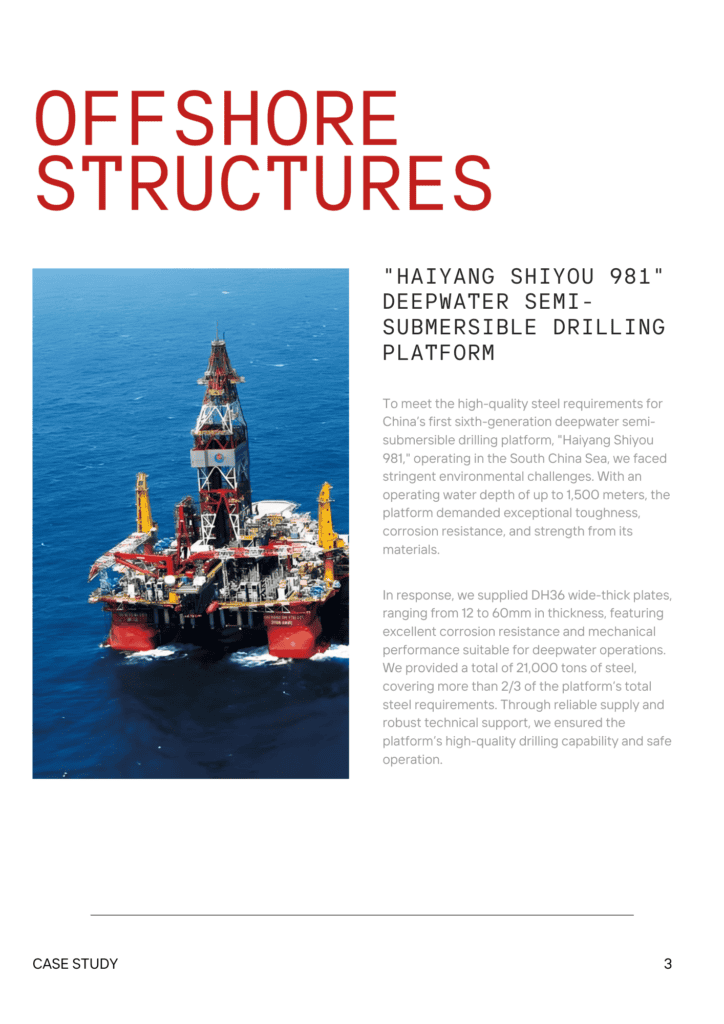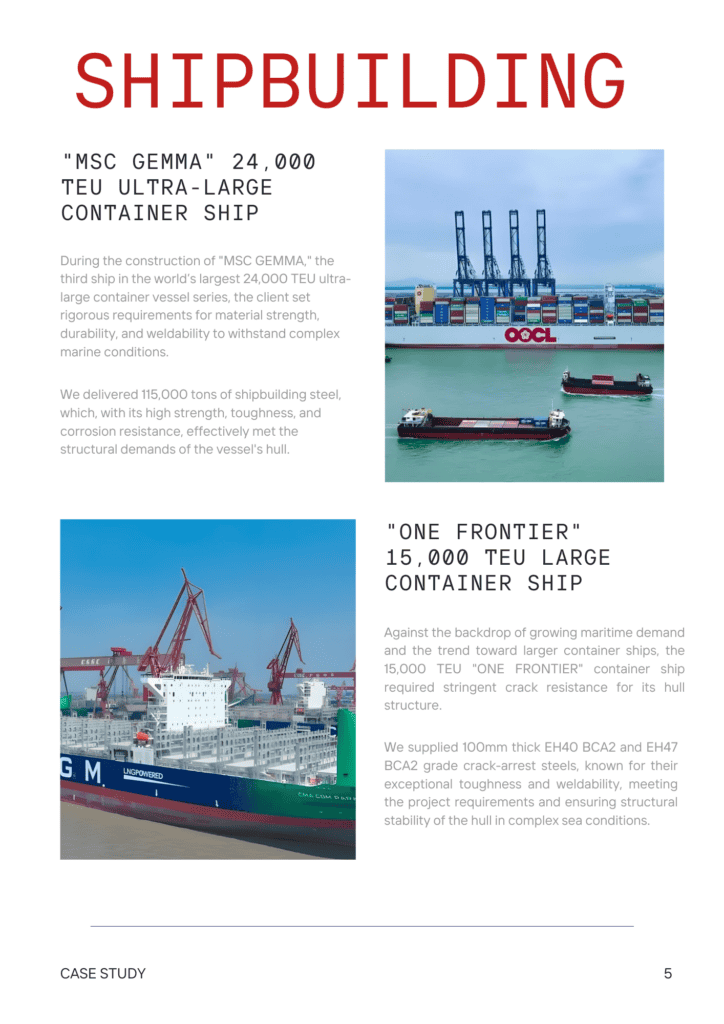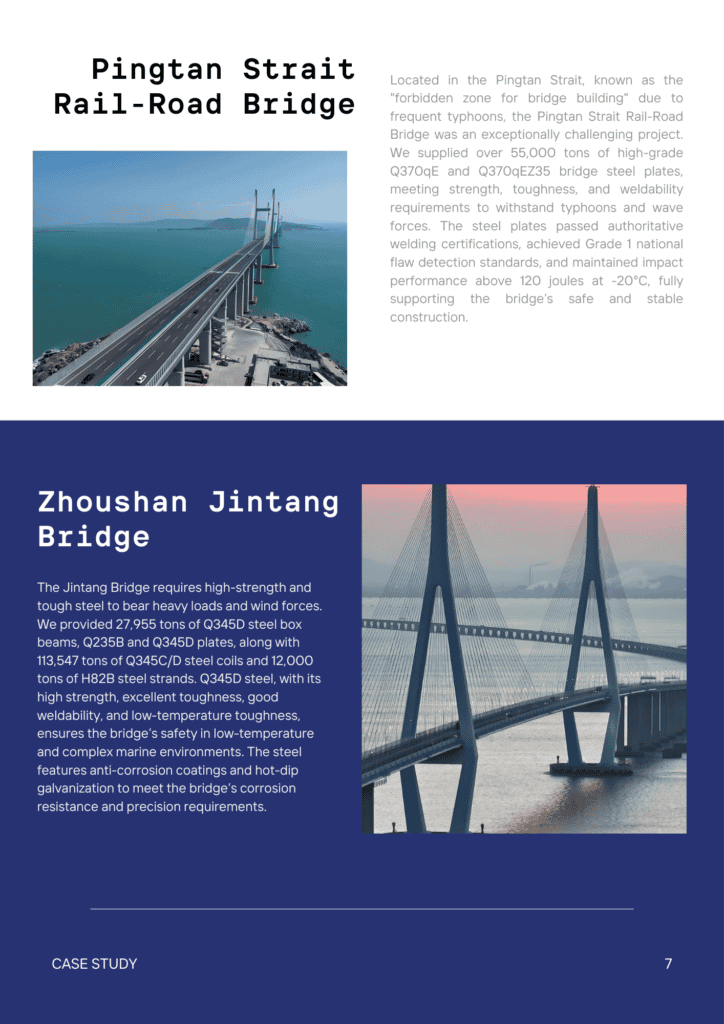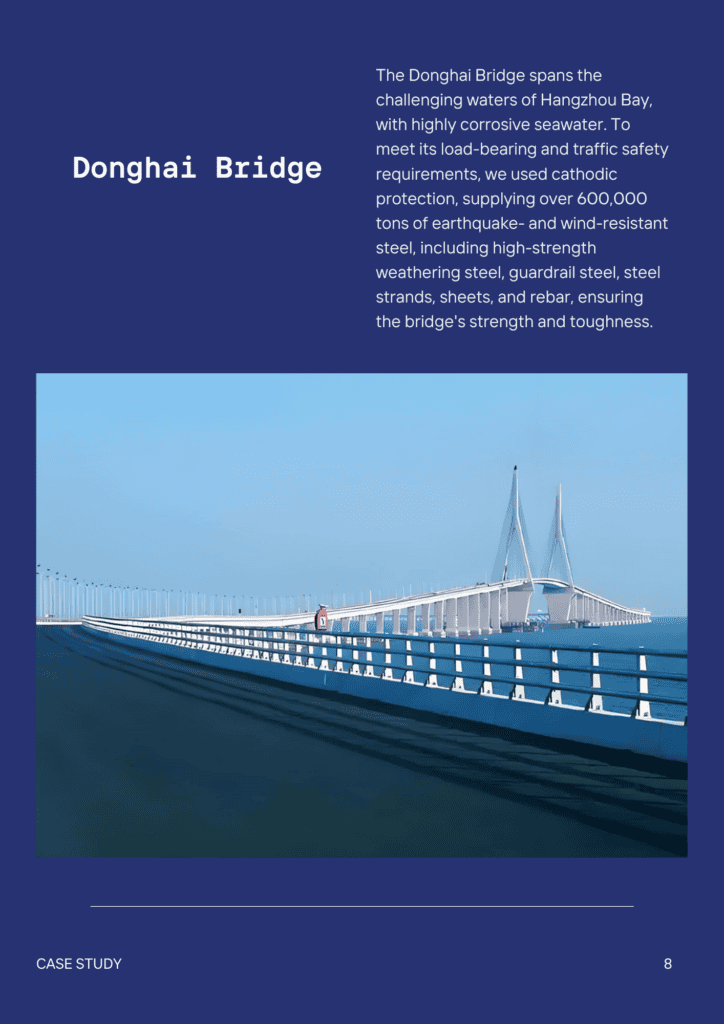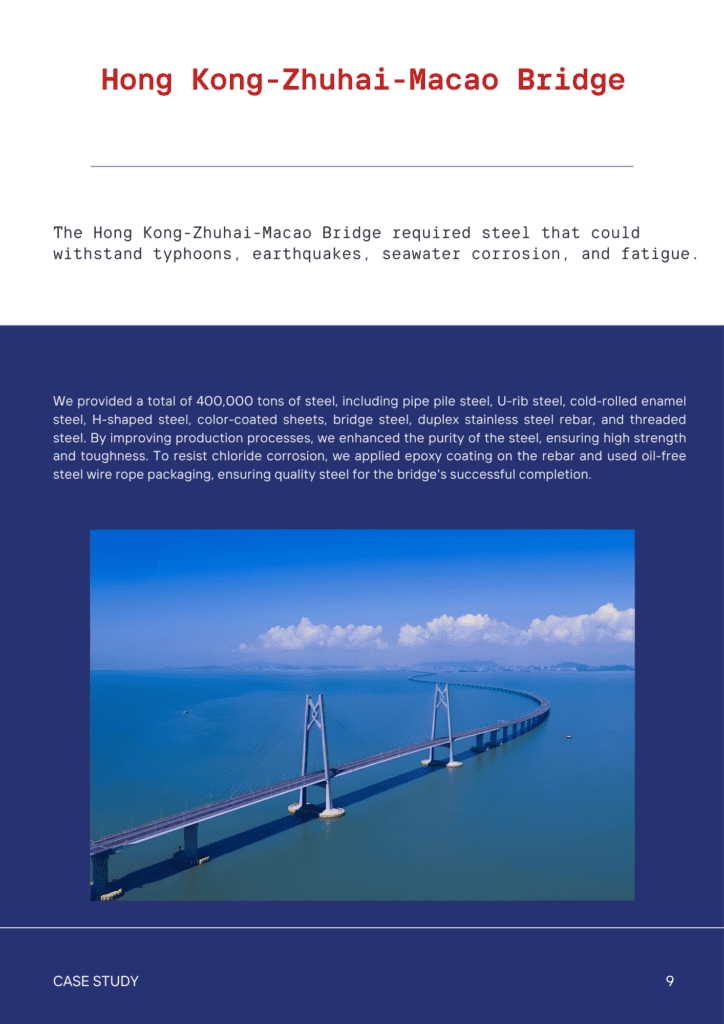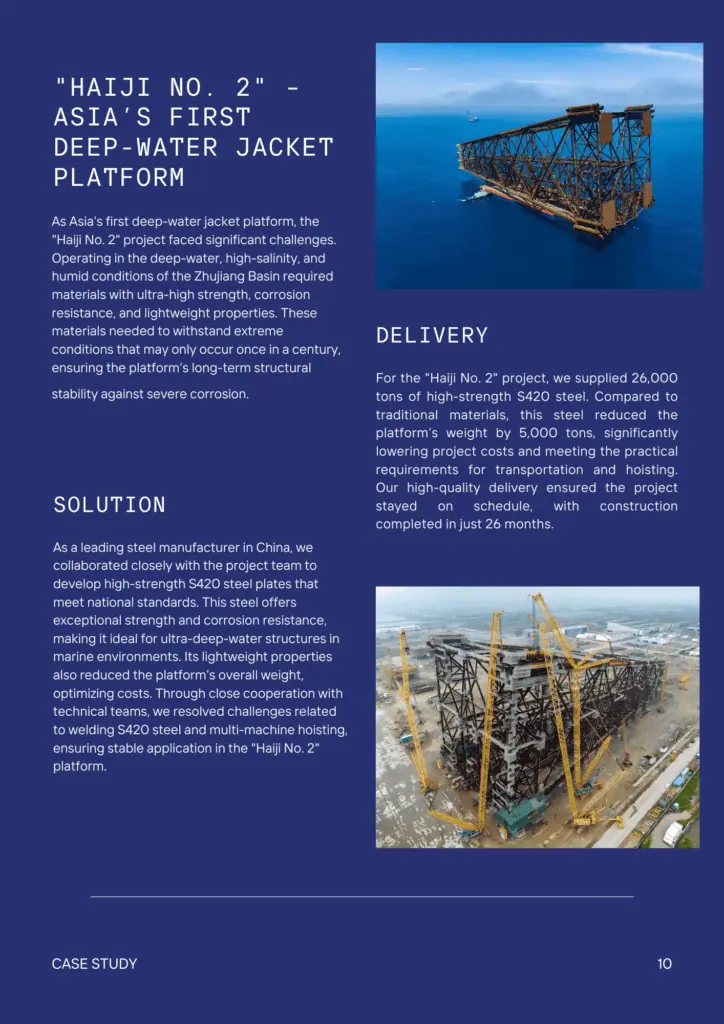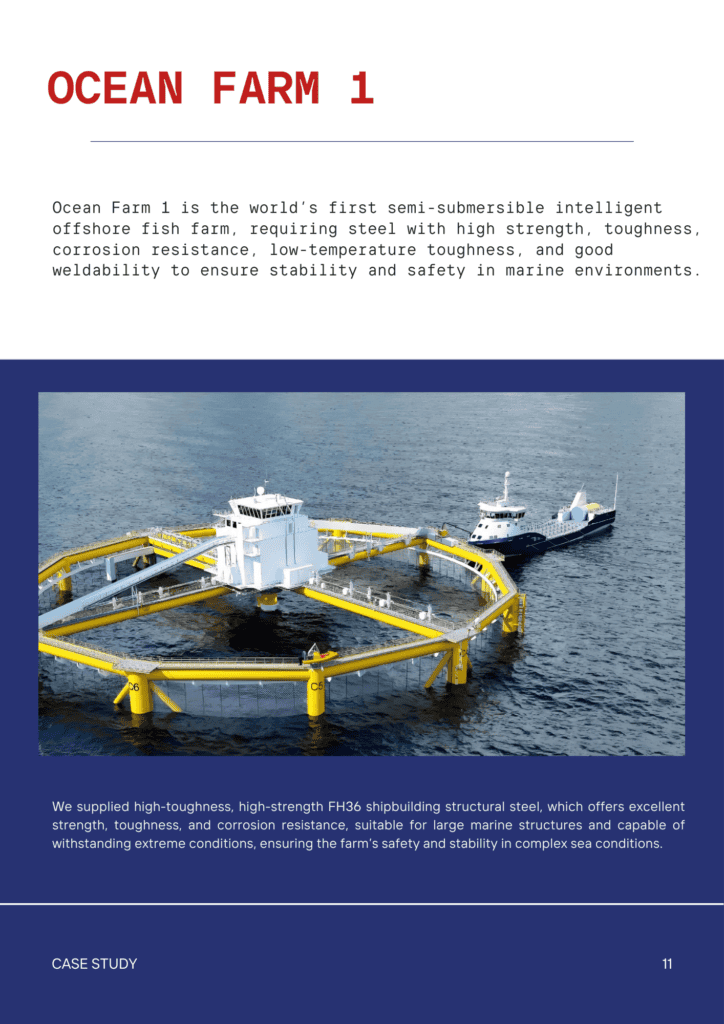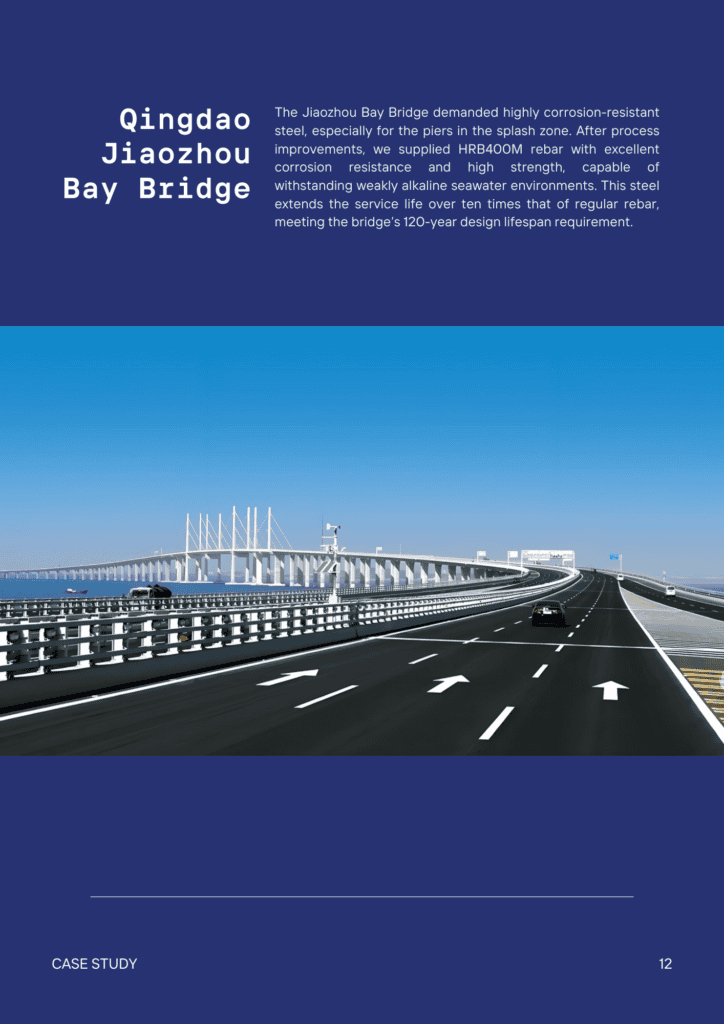Nội dung
Giữ an toàn khỏi khói hàn thép mạ kẽm: Bạn nên chú ý điều gì
- John
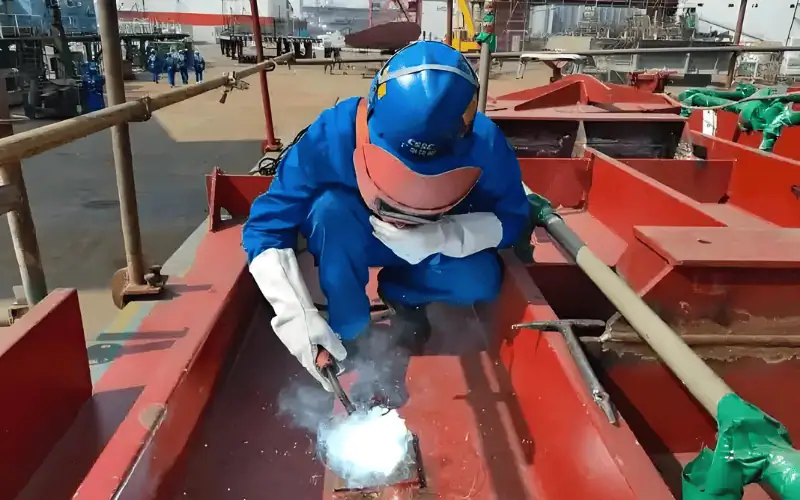
Welding galvanized steel comes with specific health risks, including exposure to zinc oxide fumes, which can be harmful if inhaled. This article highlights the key hazards and practical steps to protect yourself, from using proper ventilation to choosing the right protective equipment. Read on to stay safe and informed for your welding job!
Does Galvanized Steel Give Off Toxic Fumes?
Yes, galvanized steel produces toxic fumes when heated, as the zinc coating vaporizes at high temperatures. This zinc vapor reacts with oxygen to form zinc oxide fumes. These fumes are most likely to be released during welding, cutting, or other high-heat processes. These fumes consist of zinc oxide, which can lead to metal fume fever upon inhalation—a condition with symptoms similar to the flu.
Is Galvanized Steel Safe to Weld?
Galvanized steel can be welded safely if proper precautions are taken. This includes working in a well-ventilated area, using respiratory protection, and removing the galvanized coating from areas to be welded. These measures help minimize the risks associated with fume inhalation.
How Can You Manage Hazards Associated with Breathing in Welding Fumes?
Welding fumes pose serious health risks, but with the right precautions, you can minimize exposure. Implementing safety measures such as ventilation, protective equipment, and regular monitoring helps reduce these hazards effectively.
Sử dụng thông gió thích hợp
- Ensure adequate ventilation in welding areas to reduce fume concentration.
- Use local exhaust ventilation systems directly at the welding source.
Wear Protective Respiratory Equipment
- Wear appropriate respirators if ventilation alone isn’t sufficient.
- Choose respirators designed for welding fumes to ensure maximum protection.
Monitor Air Quality Regularly
- Regularly measure fume levels to maintain safe air quality.
- Adjust ventilation and protective measures based on air quality readings.
Avoid Hazardous Work Environments
- Avoid welding in confined spaces to prevent fume buildup.
- Whenever feasible, perform welding in spacious or properly ventilated areas to minimize exposure.
Consider Alternative Methods
- Use alternative joining methods like brazing or adhesive bonding to reduce or eliminate welding fumes.
- Select methods that achieve similar results without generating harmful fumes.
Train and Monitor
- Educate workers on safe practices and equipment use to minimize risks.
- Regularly monitor air quality and adjust safety measures based on the findings.
Important Notes:
- Drinking milk after welding doesn’t help because it does not neutralize or eliminate the toxins inhaled from welding fumes; these toxins enter the lungs, not the stomach, so milk has no impact.
- Indicators of fume inhalation involve head pain, nausea, elevated temperature, shivering, and a metallic flavor in the mouth. If these symptoms appear, seek fresh air and medical attention promptly.
- Check your welding helmet for signs of fume buildup, such as residue on the lens or visor, which may indicate high fume exposure.
Managing welding fume hazards requires proactive measures. Combining ventilation, PPE, safer environments, alternative methods, and training can significantly reduce health risks.
What Other Health Hazards Does Welding Galvanized Steel Bring?
Welding galvanized steel poses additional health risks beyond standard welding fumes. Here are major risks to keep in mind when handling galvanized materials.
Other Health Hazards
Zinc Oxide Fumes
- Metal Fume Fever
- Acute Respiratory Distress
Respiratory Irritation
- Chronic Bronchitis
- Asthma
Long-Term Lung Damage
- Pneumoconiosis
- Lung Cancer
Eye and Skin Irritation
- Conjunctivitis
- Dermatitis
Consequences of No Protection
- Without any protective measures, welders are at high risk of developing severe respiratory and lung diseases.
- Continued exposure can lead to chronic health conditions, reduced lung capacity, and permanent damage to the respiratory system.
Ghi chú: There is no well-established evidence linking welding fume inhalation directly to tooth loss. However, the severe respiratory and systemic effects underscore the importance of proper protection.
Welding galvanized steel carries unique health risks. By understanding these hazards and using appropriate safety measures, workers can better protect themselves from both immediate and long-term health effects.
Steps for Immediate First Aid After Fume Inhalation
- Move to Fresh Air: Leave the area and get outside or to a well-ventilated space immediately.
- Remain composed and inhale gradually: Take long, steady breaths to aid in clearing the lungs.
- Take Off Contaminated Clothing: Remove any garments that might have absorbed fumes to avoid additional exposure.
- Rinse Eyes and Skin if Irritated: Use clean water to rinse eyes or skin that may have come into contact with fumes.
- Monitor Symptoms: Watch for signs like headache, nausea, fever, or chills; these could indicate metal fume fever.
- Get Medical Assistance: If symptoms continue or intensify, reach out to a healthcare professional immediately for evaluation.
What Happens If You Breathe In Fumes From Welding Galvanized Steel?
Inhaling fumes may lead to metal fume fever, respiratory discomfort, and lasting lung injury.
How Do You Protect Yourself When Welding Galvanized Steel?
Utilize adequate ventilation, wear suitable PPE, and adhere to safety guidelines to minimize exposure to dangerous fumes.
What Respirator Is Needed For Welding Galvanized Steel?
A respirator with a N95 filter or higher is required to effectively protect against welding fumes.
Will the Harmful Substances From Welding Be Brought Home By You?
Yes, without proper hygiene practices, welding fumes and contaminants can be carried home on clothing and skin.
Professional Galvanized Steel Welding Manufacturer
As a leading manufacturer of high-quality galvanized steel, we prioritize safety and efficiency in all our processes. Our skilled workers strictly adhere to welding regulations, ensuring minimal risks during production. With our focus on quality and precision, we offer fast delivery times without compromising on safety or product integrity. Let us provide you with reliable, high-quality galvanized steel for your next project.
Check out our galvanized steel products page to see how we can help make your next project a success!



